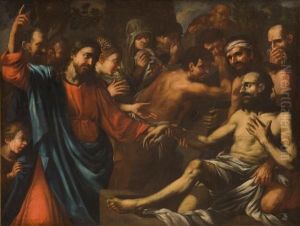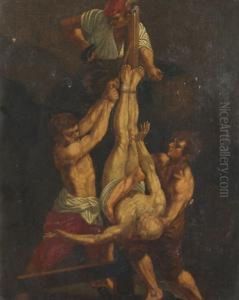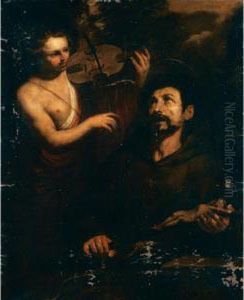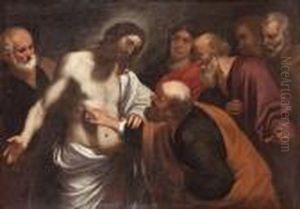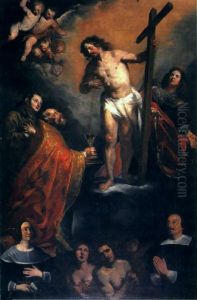Orazio De Ferrari Paintings
Orazio De Ferrari was a Genoese painter who played a significant role in the Baroque period of the 17th century. Born in Voltri, now a part of Genoa, in 1606, Orazio was the son of a minor painter, and his artistic talent became evident at a young age. He was initially trained by his father, but his potential soon outgrew the confines of his father's instruction.
Orazio's early works exhibit a strong influence from the Genoese school of painting, particularly the works of Giovanni Battista Paggi, who played a crucial part in the revival of Genoese art in the late 16th and early 17th centuries. De Ferrari later worked in the studio of Pietro Sorri, who further influenced his style and technique.
By the 1630s, Orazio De Ferrari had established himself as a prominent painter in Genoa. His style was characterized by dynamic compositions, vibrant colors, and an expressive use of light and shadow, features that are indicative of the Baroque style. He successfully combined the local artistic traditions with the grandeur and dynamism found in the works of the prominent Baroque artists of his time, such as Rubens and Bernini.
Orazio was known for his religious works, frescoes, and altarpieces, which were commissioned by many churches and patrons in Genoa and the surrounding regions. One of his most notable works is the fresco in the dome of the Basilica della Santissima Annunziata del Vastato in Genoa. His paintings were also celebrated for their emotive portrayal of biblical and mythological scenes, which showcased his ability to convey complex human emotions.
Despite his success, little is known about Orazio De Ferrari's personal life. He never married, and there are few records regarding his relationships or social interactions. However, his legacy as an artist was cemented by his significant contributions to the Baroque movement in Genoa.
Orazio De Ferrari died in Genoa in 1657. After his death, his works continued to be highly valued, and his influence was evident in the works of the later Genoese artists. His paintings can still be seen in various churches and museums, where they continue to be appreciated for their artistic merit and historical significance.






